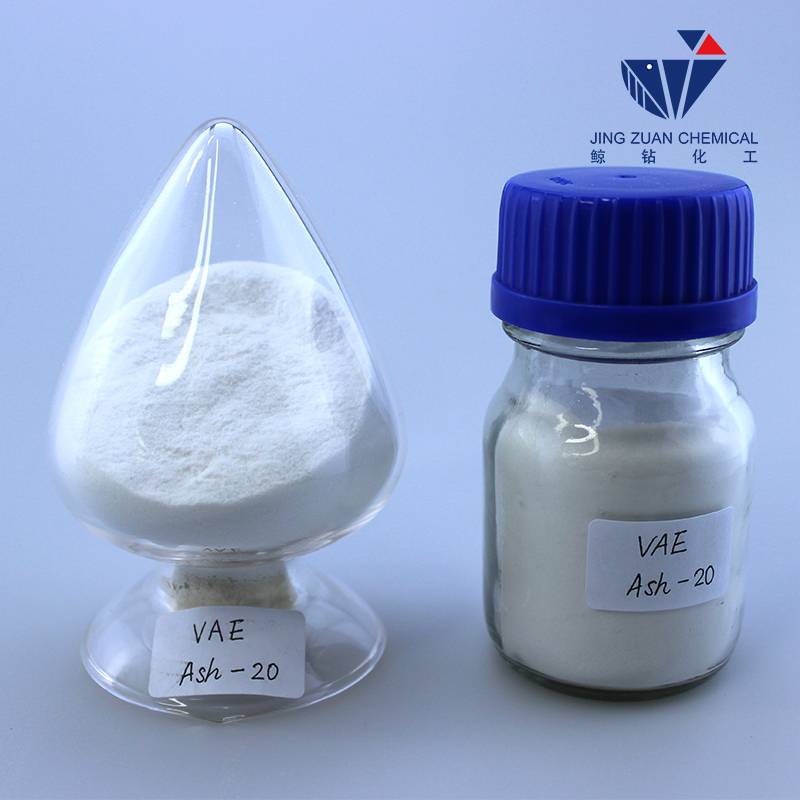
снеж . 12, 2024 09:29 Back to list
china mhec-methhyl hydroxyethyl cellulose
Understanding Methyl Hydroxyethyl Cellulose Applications and Benefits
Methyl Hydroxyethyl Cellulose (MHEC) is a versatile, non-ionic cellulose ether that has garnered significant attention in various industries due to its unique properties. As a derivative of cellulose, MHEC retains many of the beneficial characteristics of natural cellulose while also presenting enhanced functionalities. This article explores the composition, properties, applications, and benefits of MHEC, emphasizing its importance in contemporary material science and production processes.
Composition and Properties
MHEC is produced by chemically modifying cellulose through a series of etherification reactions, introducing methyl and hydroxyethyl groups onto the cellulose backbone. This modification imparts water-solubility to the polymer, allowing MHEC to dissolve in both cold and hot water. The degree of substitution (DS) of methyl and hydroxyethyl groups can be tailored during the manufacturing process, which influences the rheological behavior of MHEC in solution.
One of the standout features of MHEC is its ability to form gels and viscous solutions. This property is largely due to the hydrophilic nature of the hydroxyethyl groups, which interact favorably with water molecules. Additionally, MHEC exhibits excellent film-forming capabilities, providing a protective barrier when cast into films. It is also pH-stable, meaning its performance remains consistent across a range of pH levels, which is particularly advantageous in various applications.
Applications
MHEC finds application in numerous industries, notably in construction, pharmaceuticals, personal care, and food processing.
1. Construction In the construction industry, MHEC is widely used as an additive in cement-based materials such as mortars, plasters, and tile adhesives. Its water retention properties help maintain the workability of these materials longer, allowing for more flexible applications during construction. Furthermore, MHEC improves the adhesion between the substrate and the material, leading to enhanced durability and performance.
china mhec-methhyl hydroxyethyl cellulose

2. Pharmaceuticals MHEC serves as a binder and film-coating agent in pharmaceutical formulations. Its ability to create controlled-release mechanisms makes it a popular choice for formulating tablets and capsules. Moreover, MHEC's non-toxic and biocompatible characteristics make it suitable for direct use in drug delivery systems.
3. Personal Care Products In the cosmetics and personal care industry, MHEC is utilized in formulations for creams, lotions, and shampoos. Its thickening properties help achieve the desired viscosity and texture in beauty products, enhancing their application and feel. Additionally, MHEC acts as a stabilizer in emulsions, preventing the separation of oil and water phases in creams and lotions.
4. Food Processing MHEC is also used in food technology as a thickener, stabilizer, and emulsifier. It can improve the texture and mouthfeel of various food products, such as sauces, dressings, and dairy items. Due to its ability to retain moisture, MHEC helps extend the shelf life of food products by reducing moisture loss.
Benefits
The advantages of using MHEC across these various applications are manifold. Its eco-friendly profile, derived from natural cellulose, appeals to consumers and industries seeking sustainable solutions. Due to its non-toxic nature, MHEC is safe for use in food and pharmaceutical products, providing peace of mind for manufacturers and consumers alike.
Moreover, the multifunctional abilities of MHEC enable manufacturers to reduce the number of different additives required in formulations, streamlining production processes and reducing costs. This efficiency becomes increasingly relevant as industries strive for cost-effective and sustainable practices.
Conclusion
Methyl Hydroxyethyl Cellulose is an indispensable material in modern manufacturing and product formulation. Its unique properties and versatility span numerous applications, from construction to food processing, underscoring its significance in various sectors. As industries continue to seek innovative and sustainable solutions, MHEC stands out as a reliable option that meets the demands of both performance and environmental responsibility. As research progresses and new applications are discovered, the importance of MHEC is sure to grow, cementing its role in shaping the future of material sciences.
-
Why HPMC is a Key Additive in Wall Putty Formulations
NewsAug.05,2025
-
Redispersible Powder in Decorative Renders: Function Meets Finish
NewsAug.05,2025
-
Redispersible Powder for Interior Wall Putty: Smooth Results Every Time
NewsAug.05,2025
-
HPMC’s Water Retention Capacity in Dry Mortar Applications
NewsAug.05,2025
-
HPMC Factory Contributions to Liquid Detergents
NewsAug.05,2025
-
How HPMC Factory Products Change Detergent Textures
NewsAug.05,2025







